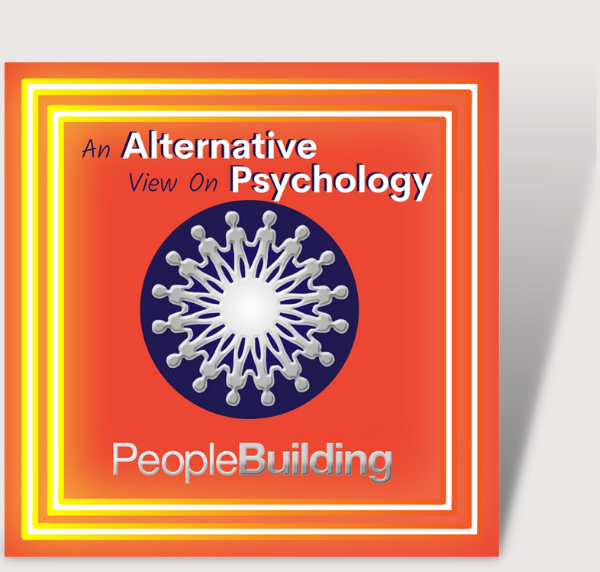Obsessive-Compulsive Disorder (OCD) is a complex anxiety disorder characterised by intrusive, distressing thoughts that compel individuals to engage in specific behaviours. These compulsions are often performed in an attempt to alleviate the anxiety provoked by the obsessive thoughts. However, while executing these actions may provide temporary relief, the intrusive thoughts frequently resurface soon after, creating a cycle that can be extremely challenging to break. Resisting the urge to carry out these compulsive behaviours can lead to heightened feelings of anxiety and distress.
It is common for individuals with OCD to experience these thoughts as persistent reminders in their minds. Some may even visualise specific scenarios, which can further exacerbate their anxiety. Various obsessions can manifest, such as the need to double-check that the door is locked, the constant worry about whether the fridge is closed, or the compulsion to wash hands repeatedly. In extreme cases, a person may experience such overwhelming doubt that they feel compelled to repeat these behaviours multiple times before moving on with their day.
The NLP (Neuro-Linguistic Programming) communication model effectively illustrates the connection between thinking, feeling, and behaviour, and OCD exemplifies this process. For instance, if someone is anxious about leaving the gas oven on, they might imagine an explosion in their kitchen. This alarming mental image intensifies their anxiety, prompting them to check the stove repeatedly. Instead of replacing the terrifying image of a blast with one depicting a safe and calm kitchen, individuals often find themselves replaying the explosion scenario, perpetuating their cycle of anxiety.
Therapy for OCD can play a vital role in helping individuals manage and overcome the challenges posed by this condition. One practical approach within the realm of treatment for OCD is the use of NLP techniques, which have proven successful in addressing the negative self-talk and persistent thoughts commonly associated with the disorder. By examining their inner monologue, individuals can challenge the validity of their nagging thoughts, facilitating the incorporation of new, healthier thought patterns. This process ultimately fosters a more positive mindset and encourages healthier behaviours.
One particularly effective technique in OCD therapy is the use of submodality interventions. These interventions can swiftly alter individuals’ mental images, leading to significant changes in emotional and behavioural responses. Submodalities refer to the subtle distinctions within our sensory experiences, with modalities representing our basic senses, such as sight, sound, and touch. By modifying the characteristics of a mental image through submodality intervention, individuals can disrupt the typical negative emotional responses associated with their OCD.
Altering the coding of these intrusive images can help sever the link between the pictures and the accompanying emotions, enabling the formation of more positive mental images. This technique can be visually rehearsed, assisting the individual in establishing new neural connections in their brain that support desired behaviours.
In summary, therapy for OCD provides individuals with the tools they need to manage their symptoms effectively. By utilising approaches such as NLP and sub-modality interventions, individuals can learn to challenge their intrusive thoughts and behaviours. Therapy for OCD focuses not only on alleviating symptoms but also on empowering individuals to take control of their minds and reshape their realities. With the proper therapeutic support, individuals can navigate the complexities of OCD and work towards a healthier, more fulfilling life. Through this journey of self-discovery and healing, they can unlock their true potential and redefine their experiences.
By Gemma Bailey
https://peoplebuilding.co.uk/practitioners/gemma-bailey/


